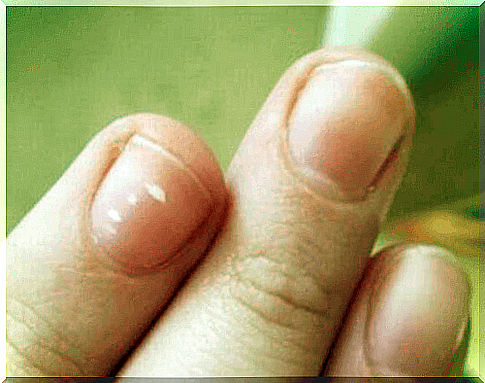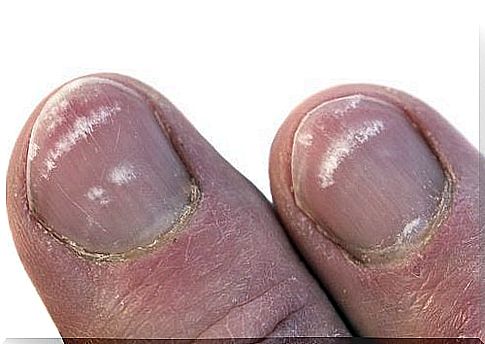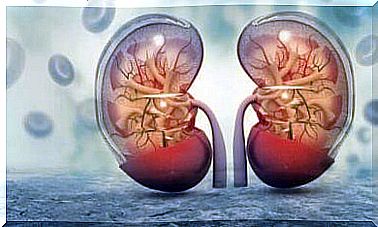What The Lunula Of Your Nails Says About Your Health
Do you know what healthy fingernails look like? Find out now how the lunula of your nails can provide important information about your health!

Believe it or not, your fingernails can tell more about your health than you think. The crescent-shaped part at the bottom of the fingernail, also called the lunula, can indicate if you have health problems even if you don’t notice other symptoms.
Pay attention to the lunulae of your nails, as there are many hidden problems that can reveal them.
How the lunulae of each finger should look
The lunula of the little finger

The visible part of the nail matrix of the little finger should be almost invisible or nonexistent. It is associated with the functioning of the kidneys, the small intestine and the heart.
- If the lunula on that finger is larger than it should be, be careful – it could be related to high blood pressure.
The lunula of the ring finger
It is related to your reproductive tract and your lymphatic system.
- If the crescent moon is barely visible on your ring finger, it could mean a problem with your metabolism.
The lunula of the middle finger
There could be a connection here with brain function or the cardiovascular system .
- If you don’t see a lunula on that finger, it could indicate a potential problem with your blood vessels or high blood pressure.
The lunula of the index finger
The nail moon on this finger can disappear or become very small if there is a malfunction of the intestines, pancreas, or chronic upper respiratory disease.
The lunula of the thumb

On this finger, the nail moon is linked to the function of your lungs and spleen.
It is very large compared to the other fingers and should not take up more than 25% of the nail bed.
- If he’s smaller, it could be related to tobacco use.
- If it’s bigger, you may have high blood pressure.
Is the nail moon big?
If you’re unsure whether your lunula is too big or small, it’s important to know that the nail moon is described as big when it takes up more than a third of your entire nail.
This can indicate problems with your cardiovascular system, changes in heart rate, or low blood pressure.
Symptoms like these are commonly seen in people who do heavy physical work and work under a lot of stress.
Is the nail moon small?
A lunula is said to be small if it cannot be recognized or barely extends above the surface of the cuticle.
This can mean you have low blood pressure, circulation problems, a weak immune system, slow metabolism, and iron or vitamin B12 deficiency.
If you notice that your lunulae are clearly separated in a straight line from the rest of the nail, you could have blood sugar problems or develop diabetes.
No visible lunula
Note that sometimes you cannot see your lunulae. However, that doesn’t mean they aren’t there. If they are really gone, it could indicate circulatory problems.
The lack of lunulae can be related to thyroid problems, vitamin B12 deficiency, or iron deficiency.
Color changes of the lunulae

Another problem that can arise is that the lunulae change colors. If you notice that they have turned greyish instead of the normal white color, it may mean you should rest.
This color can also be related to digestive problems or difficulty absorbing nutrients.
A white lunula means everything is fine as it is the natural color. Remember that your lunula should be slightly lighter than your skin.
If your lunula is more purple it could be a sign of poor blood circulation and a lack of oxygen in the organs and tissues. Pink or red indicate a sedentary lifestyle and lung problems.
Finally, if you notice that your lunula is black in color, it is a symptom of metal contamination . If this happens, see a doctor right away.









